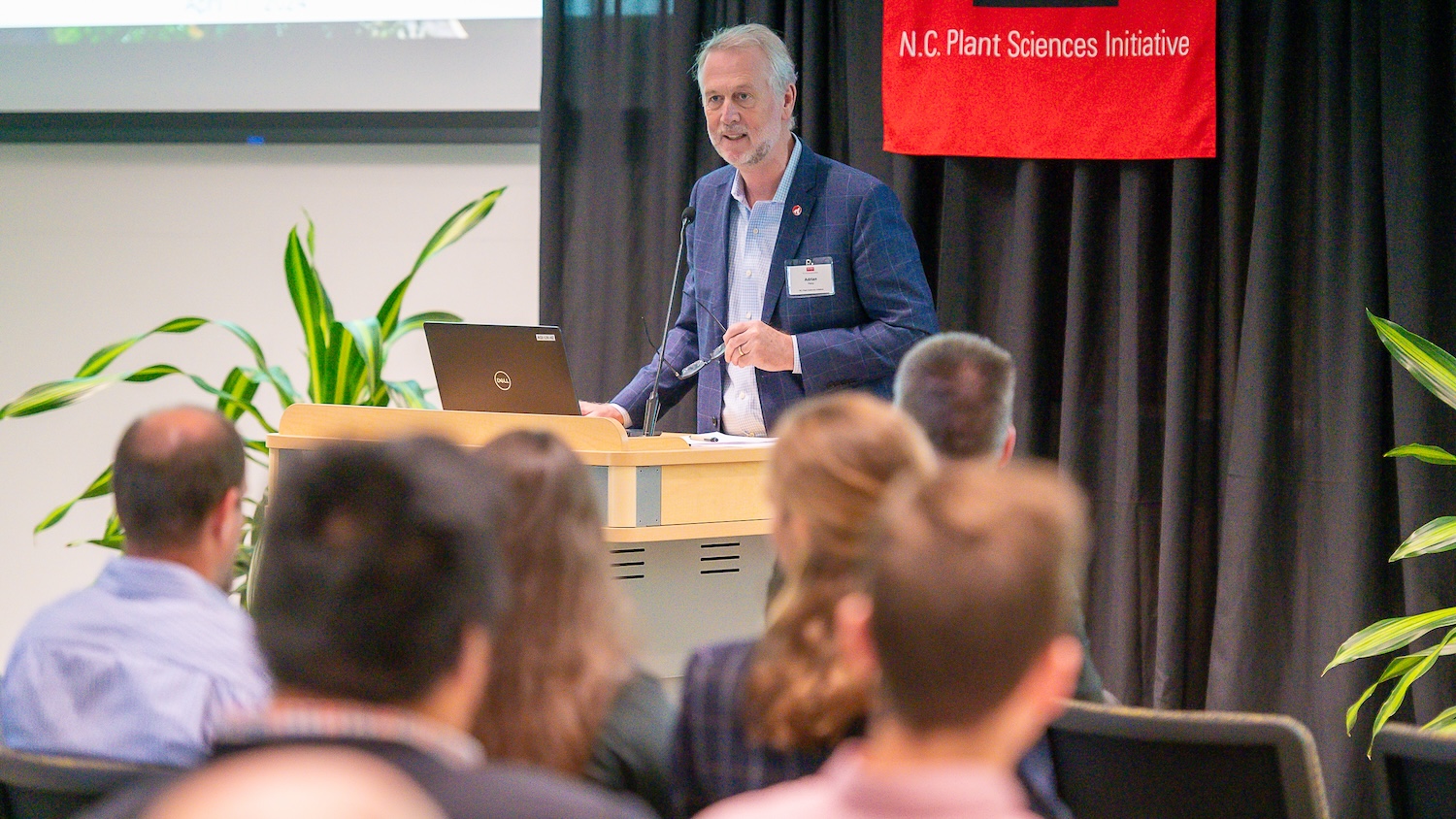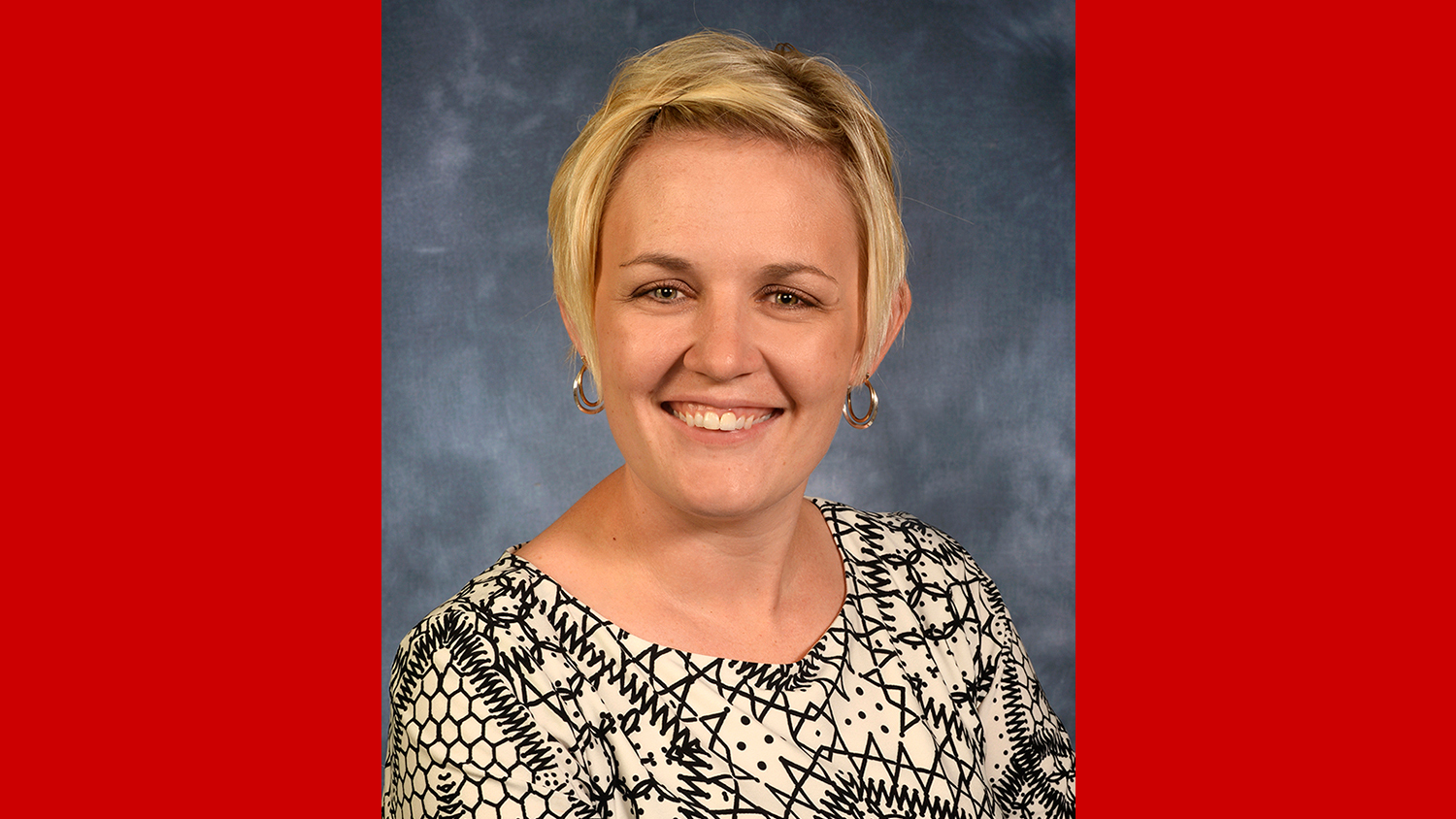More food from marginal lands? Perennial grains hold promise where annuals lag
The world needs more food for its growing population, but risks overtaxing the croplands where much of the world’s food is grown. How then to provide more food while keeping a fragile ecosystem safe?
A “Policy Forum” paper in the June 25 edition of the journal Science, co-authored by a crop scientist from N.C. State University’s College of Agriculture and Life Sciences, proposes one way of achieving these seemingly divergent goals: utilizing recent discoveries in genomics to help breed perennial grain plants for use on lands traditionally inhospitable to annual grain crop production.
“Places with food security issues are usually places where cropland is marginal,” says paper co-author Dr. James Holland, a CALS professor of crop science and research geneticist with the U.S. Dept. of Agriculture who studies genetic variation in corn. “It may be possible to grow perennial rice and wheat in places where annual rice and wheat don’t grow.”
Annual plants need to be cultivated every year; perennials don’t. Historically, efforts to develop perennial grains haven’t met much success. Perennials also face the perception that they trade productivity for longevity, making them less attractive to plant breeders and growers.
The paper asserts, however, that genomic advances in the past few decades will help the development of perennial grain crops, and that their utility may be greatest in hard-to-farm areas like sub-Saharan Africa. Plus, perennials have some built-in advantages over annuals, including longer growing seasons and less need to cultivate the soil, which can lead to erosion.
The drawback to growing perennial grains? There’s almost never a “silver bullet” in agriculture. The paper notes that much more funding and study are necessary to make perennial grains a viable option for plant breeders and growers. The paper estimates that “commercially viable perennial grain crops could be available within 20 years.”
“Agricultural improvements happen over time as you accumulate incremental advances,” Holland says. “Breeding perennial grains will be difficult, but feasible. We just need to do it.”
—NCSU News Services


